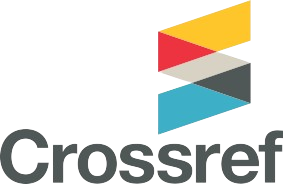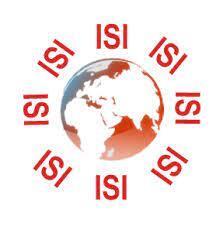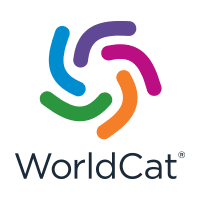ANALYSIS OF IRRIGATION DEVELOPMENT TO CROP PRODUCTION IN THE KIREHE DISTRICT CASE OF NASHO IRRIGATION SCHEMES.
DOI:
https://doi.org/10.62103/unilak.eajst.12.12.182Keywords:
Farmers, Irrigation, Crop production, , Kirehe district, Nasho Irrigation Project, Water managementAbstract
Only nine percent of potential irrigation areas are currently irrigated in Rwanda. In other countries in Eastern and Central Africa such as Ethiopia, Uganda, Kenya, and Tanzania, two percent on average of cultivated areas are under Irrigation (FAO, 2015). In Rwanda water resources are abundant. However, they are not well evenly distributed. Rwanda has about 6 to 7 billion cubic meters of surface water, 4.5 to 5 cubic meters of groundwater, and 27.5 cubic meters of rainwater. (NISR 2017).
This research aimed to analyze the current status and contribution of water use in agriculture through irrigation development to crop production in Nasho irrigation schemes located in the Nasho sector and a small part in the Mpanga sector of Kirehe District, Eastern Rwanda from 2012 to 2021. The methodology used was desk review, and group discussion with fifteen key local and field staff representatives was employed as data sources. Microsoft Excel and statistical analysis facilitated data analysis. As a finding, 100 percent of the reviewed reports and discussions from the focus group highlighted Center Pivot Sprinkler, fixed sprinkler, and hand move sprinkler as the major irrigation systems under practice, and beans, soybeans, fresh beans, and maize are the major grown crops. The beans’ production increased from 400kg to 1,800 Kg/Ha in Nasho II, maize increased from 1,460 to 6,180 Kg per hectare. The schemes also adopt new crops after irrigation development such as fresh beans, soybeans, and tomatoes. The mean total investment before irrigation development was 7,078,608 Rwandan Francs, while benefits from their production were 239,769,392 Rwandan Francs, However, the main total investment after irrigation development was 58,685,010 Rwandan, Rwandan Francs, and the benefit is averaged on 776,614,990 Rwandan Francs.
The finding of this study will help the policymakers to plan the expansion of the areas under irrigation, as Rwanda has abundant water resources to increase irrigation’s potential areas, and this finding will encourage the private sector to invest in irrigation development as it is more profitable more than non-irrigated agriculture.








